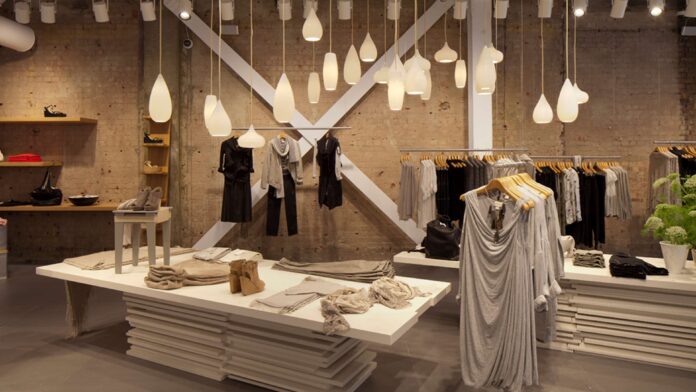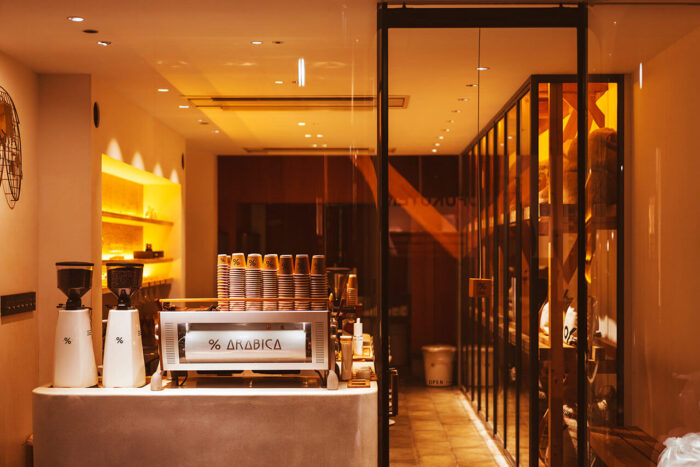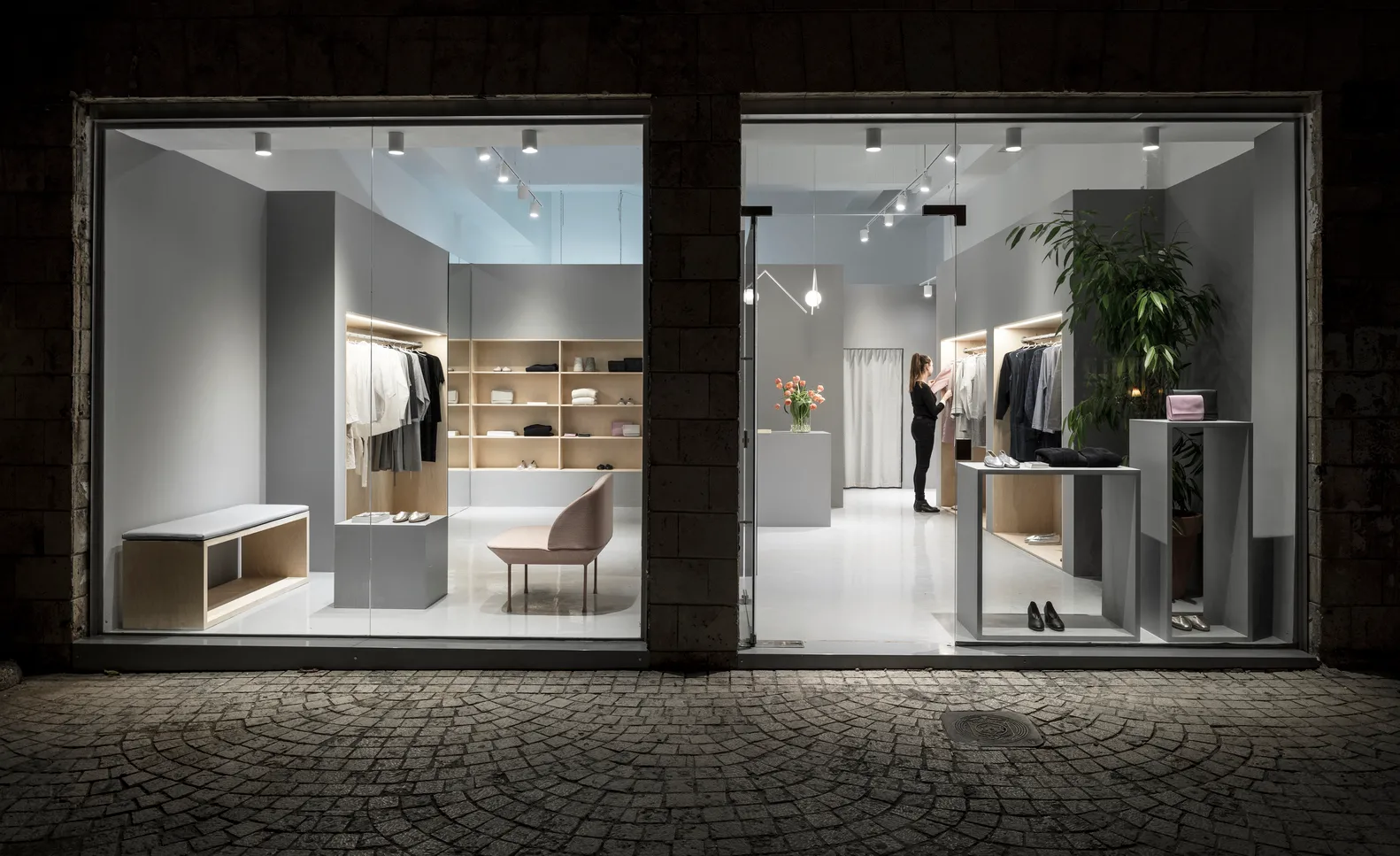
Lighting plays a pivotal role in shaping the shopping experience in a store. It’s not just a practical necessity but a powerful tool to create ambiance, highlight products, and influence customer emotions and behaviors. Effective lighting goes beyond mere illumination; it involves understanding the interplay of light with space, color, and texture, creating an environment that entices and comforts customers. With the right lighting, a shop can transform from a mere retail space to a memorable and engaging shopping destination.
Understand Your Shop’s Purpose
Understanding the specific purpose of your shop is essential in crafting an effective lighting design. Different types of retail spaces demand distinct lighting solutions. For instance, a high-end boutique might benefit from ambient, softer lighting to create an upscale, intimate shopping experience, while a supermarket requires brighter, more uniform lighting to enhance product visibility and facilitate easy navigation. In specialty stores, like art galleries or jewelry shops, focused lighting can be used to highlight certain items and draw attention to fine details. It’s crucial to consider the customer’s journey through your space and how lighting can guide, inform, and influence their experience.
Natural vs. Artificial Lighting

The interplay between natural light and Led shop lights is a key consideration in shop design. Natural light offers a sense of freshness and openness, making spaces feel more welcoming. However, its variability throughout the day and across seasons can be challenging. Striking a balance between these two types of lighting can optimize the ambiance and functionality of your shop. Large windows and skylights can harness the beauty of natural daylight, while artificial lighting systems like Led shop lights can be used to supplement natural light during darker hours or in windowless areas.
Choosing the Right Fixtures
Choosing the right lighting fixtures is a critical step in creating the desired atmosphere in your shop. The market offers a plethora of options, each serving different purposes and styles. For instance, track lighting is versatile and adjustable, ideal for highlighting specific merchandise or changing displays. Recessed lighting offers a clean, streamlined look, suitable for a modern, minimalist design. It’s important to consider both the aesthetic and functional aspects of lighting fixtures. They should complement the interior design and theme of the shop while providing the right intensity and spread of light. Energy efficiency and ease of maintenance are also key factors.
Layering Light
Layering light is a sophisticated approach that involves combining various types of lighting to create depth and texture in a space. This technique employs ambient lighting for overall illumination, task lighting for specific functions like checkout areas or dressing rooms, and accent lighting to highlight products, architectural features, or artwork. For example, ambient lighting can be used to set the general mood of the shop, while task lighting ensures customers can easily examine products or navigate the space. Accent lighting, on the other hand, can be used to draw attention to new arrivals, special offers, or high-value items.
Color Temperature and Mood

The color temperature of lighting plays a significant role in setting the mood and atmosphere of a shop. Warmer tones, with a lower color temperature, create a cozy, inviting ambiance, ideal for boutique shops, bookstores, or cafés where a relaxing environment is desired. Cooler tones, with a higher color temperature, evoke a more alert, energetic feeling, suitable for tech stores, supermarkets, or sports outlets where a vibrant and dynamic atmosphere is beneficial. For instance, warm lighting can make a space feel more intimate and luxurious, encouraging customers to linger, while cool lighting can increase alertness and potentially boost customer turnover.
Lighting Zones
Dividing your shop into lighting zones is a strategic approach to enhance functionality and ambiance. Lighting zones allow for tailored lighting solutions based on the specific needs of different areas within the shop. For instance, display windows may require high-impact, attention-grabbing lighting to lure customers, while dressing rooms need flattering, softer light. The sales area, often the heart of the shop, benefits from a combination of ambient and task lighting, providing both general illumination and focused light for checkout counters. Creating distinct lighting zones not only improves the customer experience but also allows for more efficient energy use.
Energy Efficiency
In today’s eco-conscious world, energy-efficient lighting is not just a responsible choice but also a cost-effective one. LED lighting, known for its low energy consumption and long lifespan, is an excellent option for retail spaces. These lights not only reduce electricity bills but also emit less heat, contributing to a more comfortable shopping environment. These systems adjust lighting based on natural light availability or shop occupancy, ensuring that energy is not wasted. Opting for energy-efficient lighting also aligns with growing consumer expectations for sustainable practices.
Dimmers and Controls
The use of dimmers and lighting controls in a shop offers unparalleled flexibility. Dimmers allow you to adjust the lighting intensity to suit different times of the day, events, or desired ambiance. This adaptability can dramatically transform your space, creating a bright, energetic atmosphere during peak hours or a subdued, intimate setting for special occasions. Lighting controls, including motion sensors and smart systems, can automate this process, providing convenience and enhancing energy efficiency. These systems can adjust lighting based on natural light levels or shop occupancy, ensuring optimal lighting at all times.
Avoiding Glare and Shadows

Glare and shadows can be detrimental to a shop’s atmosphere and customer experience. Glare, caused by overly bright lights, can lead to discomfort and a visually unappealing environment, while shadows can create dark spots and distort the appearance of products. To avoid these issues, it’s important to strategically place lighting fixtures and consider their intensity and direction. Using diffusers on light sources can soften the light and reduce glare. Additionally, ensuring an even distribution of light and using a combination of direct and indirect lighting can minimize shadows. Task lighting should be positioned to avoid casting shadows on work areas or merchandise.
Lighting Maintenance
Regular maintenance of your shop’s lighting system is crucial for optimal performance and longevity. Keeping fixtures clean and free of dust ensures maximum light output and efficiency. Regularly checking for and replacing burnt-out bulbs or faulty fixtures maintains consistent lighting quality. It’s also important to periodically assess the overall lighting design, making adjustments as needed to accommodate new layouts or displays. This proactive approach not only ensures your lighting remains effective but also helps in identifying potential energy-saving opportunities, like upgrading to more efficient bulbs or fixtures.
Conclusion
Effective lighting design is a key component in creating an inviting and stylish shopping space. By understanding your shop’s purpose, balancing natural and artificial light, choosing the right fixtures, layering light, considering color temperature and mood, creating lighting zones, focusing on energy efficiency, utilizing dimmers and controls, avoiding glare and shadows, and maintaining your lighting system, you can significantly enhance the atmosphere and functionality of your shop.
















